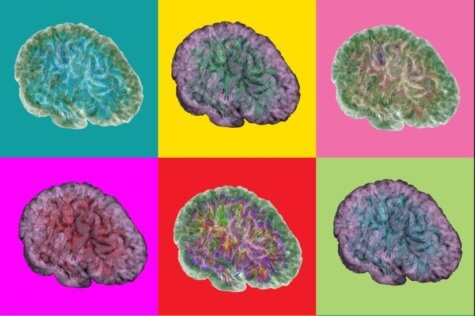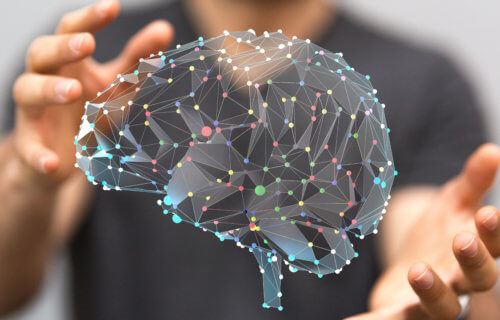LOS ANGELES, Calif. — Traumatic brain injuries (TBI) can have a major impact on how a patient’s brain functions. Even a mild injury, like a concussion, can alter memory and decision-making abilities after an accident. Now, a new study finds TBIs share several similarities to the brain changes which affect Alzheimer’s patients.
Researchers from USC say over 1.7 million Americans suffer TBIs each year. These injuries often lead to changes in the bran’s structure, cognitive problems, memory deficits, and social function impairments. Despite concussions being a risk factor for Alzheimer’s onset, study authors note there has been little research on the similar patterns of neural degeneration these conditions share.
Researchers set out to reveal how the brain changes in both concussion and Alzheimer’s patients are similar and if TBI brain atrophy can predict Alzheimer’s risk later on. Their study examined 33 people with TBIs due to a fall, 66 dealing with Alzheimer’s, and 81 healthy patients. Each participant underwent MRI scans of their brains. The team also created computer-generated models to compare the different brain structures between these groups.
Results reveal, in both TBI and Alzheimer’s patients, multiple brain regions displayed less cortical thickness in comparison to healthy participants. Cortical thickness provides scientists with a rough estimate of brain age. Its thinning often has a connection to declines in attention, memory, verbal fluency, and the ability to adapt to new situations.
“These findings are the first to suggest that cognitive impairment following a traumatic brain injury is useful for predicting the magnitude of Alzheimer’s-like brain degradation,” says study author Andrei Irimia, assistant professor of gerontology, neuroscience and biomedical engineering, in a university release. “The results may help health professionals to identify TBI victims who are at greater risk for Alzheimer’s disease.”
MRIs reveal brain matter trouble for TBI and Alzheimer’s patients

MRI scans also identified similarities in how both gray and white brain matter degrades in TBI and Alzheimer’s patients. In the brain’s gray matter, the greatest parallels take place in the regions controlling memory (temporal lobes) and decision-making (orbitofrontal cortices). Gray matter refers to the portion of the brain containing neuron cells and their short-distance connections.
In white matter, scans reveal TBI and Alzheimer’s degeneration mirror each other in the fornix, corpus callosum, and corona radiata. White matter connects various brain regions and allows neurons to communicate over long distances. Like the temporal lobes, the fornix also assists in memory function. The corpus callosum helps information pass between brain hemispheres and the corona radiata helps control limb movement.
Can head injuries predict who will develop dementia?
Following these scans, scientists used machine learning systems to accurately predict the severity of Alzheimer’s-like brain changes in patients suffering from chronic TBIs. At least 15 percent of Americans have suffered a TBI during their lives.
Like dementia, chronic TBI impairs cognitive function and can be severe in older patients. Older adults are also three times more likely to sustain a TBI than younger people.
Researchers say TBI effects on brain structure also display signs of amyloid plaques and neurofibrillary tangles. These are two of the hallmark signs of Alzheimer’s onset, the most common form of dementia.
Although the results don’t establish a “cause-and-effect relationship” between head trauma and Alzheimer’s, the USC team says it adds to evidence the two conditions share a common method of damaging the human brain.
The study appears in the journal GeroScience.
